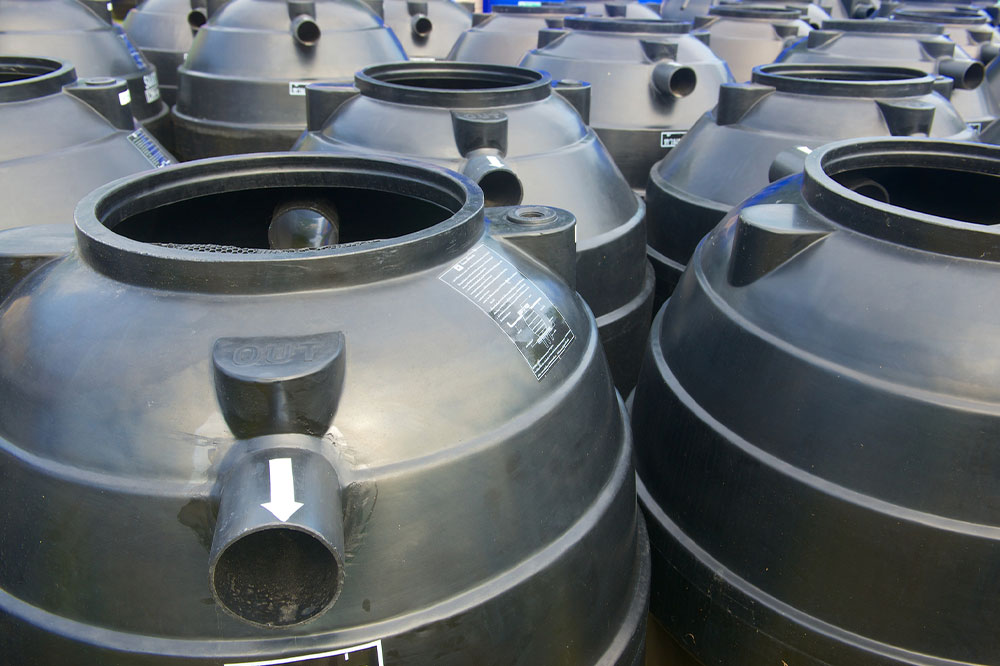
9 types of storage tanks for water
No oil and gas facility can be considered complete without storage tanks. These tanks store various materials such as chemicals, water, oil, compressed air, and gases. The term “storage tank” refers to artificial lakes, ponds, and reservoirs. It is important to note that storage tanks must be built and operated according to environmental regulations, which vary depending on the type of fluid they contain. If you are intrigued, keep reading.
What are storage tanks for water?
Water is collected and stored in a water tank for later use and easy access. A well-pressure tank ensures that you always have immediate access to pressurized water when you turn on the shower or flush the toilet.
Water storage tanks are utilized for various activities in the water treatment industry and come in various shapes, sizes, and configurations. Many home water systems require tanks. They can be as little as a 5-gallon reverse osmosis tank tucked below the washbasin or as large as a 120-gallon well pressure tank. These tanks contain UV blockers to prevent sunlight from encouraging bacterial and algal development.
Understanding different types of storage tanks
Tanks have many different sizes and shapes, including rectangular and cylindrical ones. Generally speaking, storage tank types can be divided into:
Above-ground storage tanks
ASTs are well-liked due to their lower long-term maintenance requirements and initial costs. ASTs can be categorized into the following storage tanks.
Tanks with fixed roofs
Fixed roof tanks have a dome or cone-shaped roof and are used to store liquids. The roof is permanently attached to a cylindrical shell, as their name implies.
Tanks with floating roofs
Tanks with floating roofs feature a roof with a metal deck or pan that floats directly on top of the liquid in the tank. The roof rises and falls with the level of the liquid. The floating roof tank has no vapor space.
Uncovered tanks
Tanks without roofs are utilized when shielding the tank’s contents from the elements is unnecessary. There is no need for water because it will evaporate into the soil.
Milk containers
As big storage vessels for cooling and keeping milk at a cold temperature, milk tanks are ASTs used in dairy production. The bulk milk chilling tank is often built of stainless steel. It keeps the farm’s raw milk in a secure location.
Underground storage tanks
Underground storage tanks are shielded from the elements. They do not occupy space or obstruct the flow of materials or vehicles.
Storage tanks for fuel
Many fuel tanks, including those holding the petrol sold at filling stations, are below grade. The space is made possible by these underground tanks.
Septic systems
Wastewater treatment for homes and small businesses usually uses septic systems. An underground tank and a septic drain field make up the system. Wastewater enters the tank, where anaerobic bacteria treat it, causing solid waste to break down.
Water tank
Besides collecting and storing rainwater, water storage tanks hold drinkable water. Numerous materials, such as plastic, fiberglass, concrete, and steel, can be used to create it.
Questions to ask the manufacturer of storage tanks
- Which tank suits best for your needs?
- What is the expected installation time?
- How will your storage tank be cared for after purchase?
- What kind of ongoing maintenance is necessary?
- Is the tank affordable?
- What happens to the tank when it gets cold outside?




